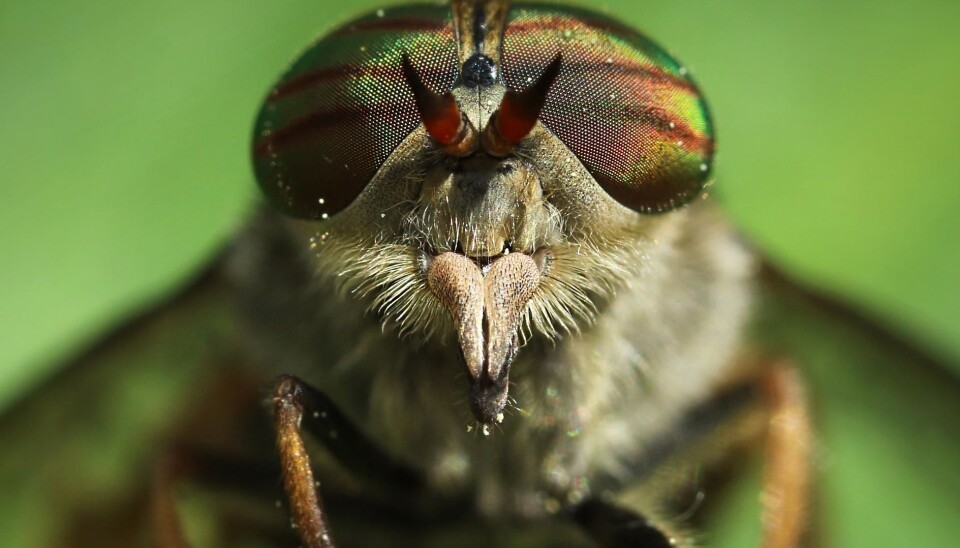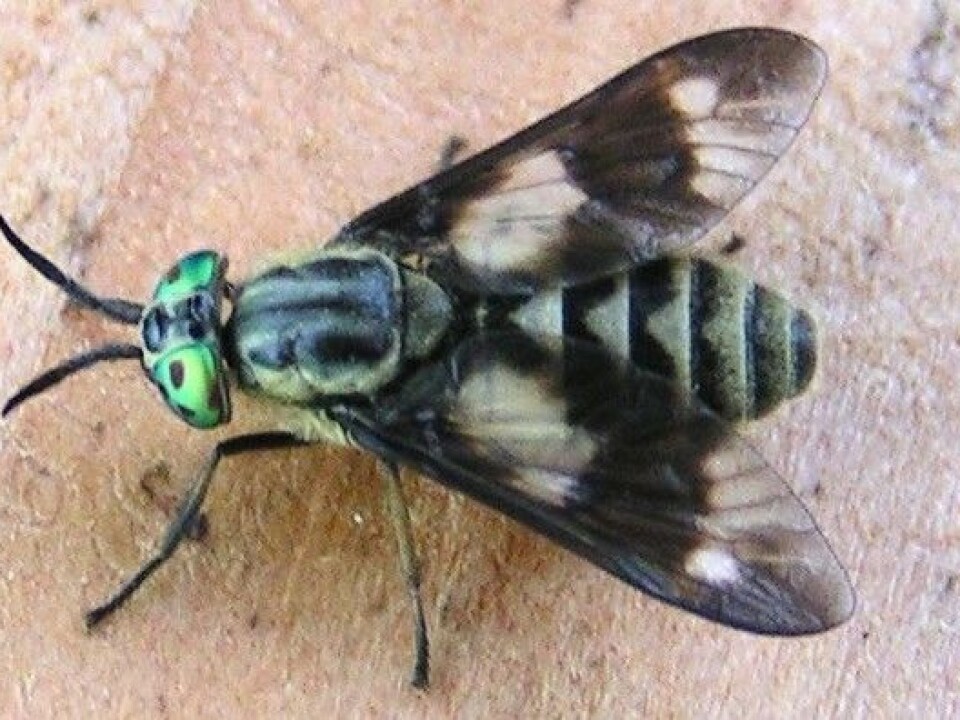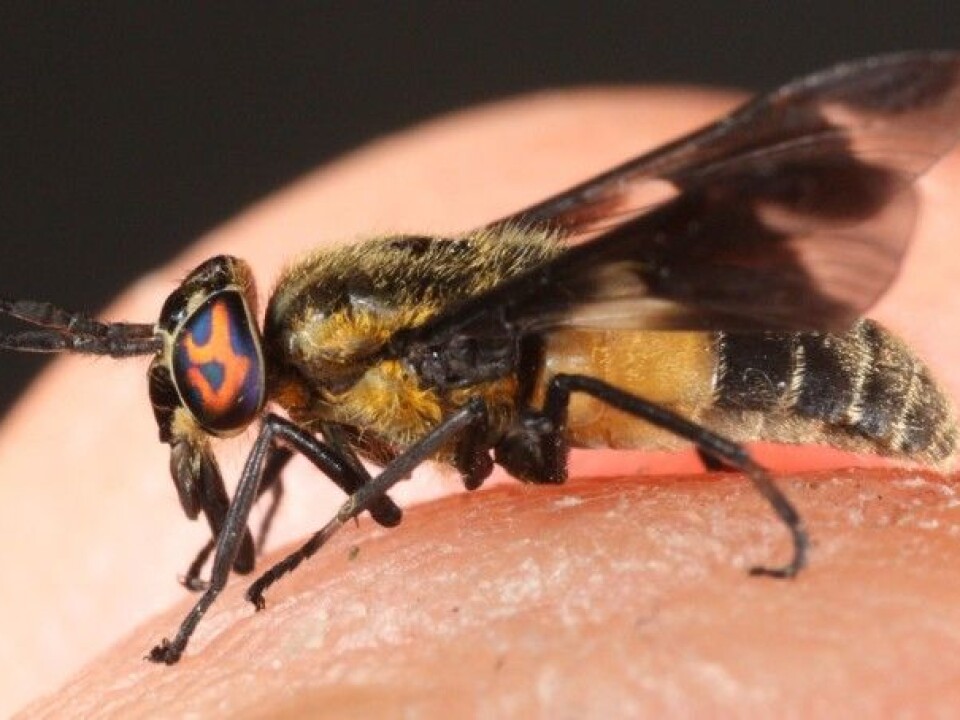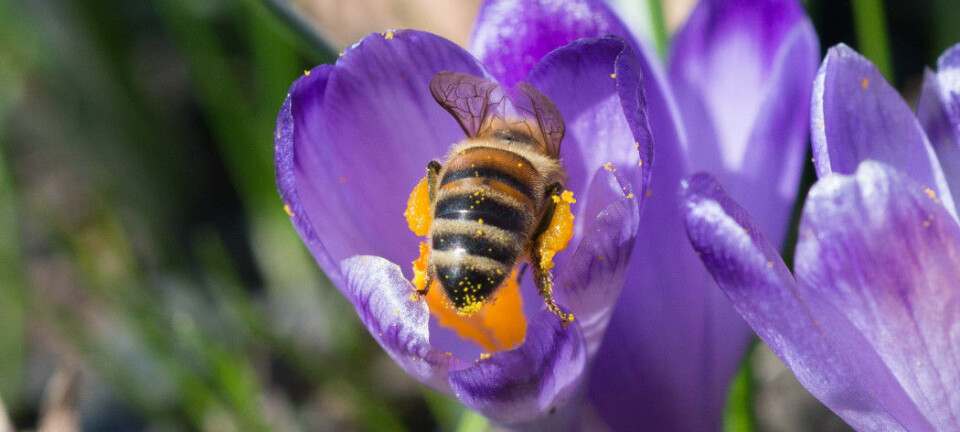
What use are biting horseflies?
All animals, birds and insects have their place in the ecosystem, scientists say. But what good is a horsefly, really?
Anyone who spends time out in the woods in northern climes knows the unpleasant bite of the horsefly. They’re nothing like their more subtle cousin, the mosquito, which gently bites you and quietly sucks your blood.
The horsefly, in contrast, can sneak up on you and then attack. Their mouth parts don’t gently prick you, like a mosquito.
“The horsefly has mouth parts that are like a jig saw. It cuts out small triangular pieces of our skin and cuts nerves. That is why we feel the bite immediately,” says Oddvar Hanssen, a senior engineer at the Norwegian Institute for Nature Research.
Then the horsefly spits in the wound so that the blood don’t clot, at least not until it uses a part of its mouth to sponge up our blood.
Each aspect of the horsefly’s attack is felt by its victims, which doesn’t seem to be that smart. Wouldn’t it make more sense to be sneaky, like a mosquito?
A primitive species of fly
The horsefly and mosquito are closely related, but they have evolved to take different places on the evolutionary tree, Hanssen says.
The horsefly has developed his own way of doing things to survive and reproduce. One key factor is that the female needs blood — a lot of it — to produce eggs.

Both mosquitoes and horseflies are in the order Diptera, which is the scientific name for a large group of flies. The horsefly is a primitive fly, according to its biological classification — it has two wings and two club-like organs on its body called halteres for balance, which all flies have.
Only the female sucks blood. The male flies from flower to flower to suck nectar.
Studying horseflies
There aren’t many researchers in Norway who study horseflies. Øivind Gammelmo from the Biofokus Foundation can only come up with a single Norwegian academic article on the horsefly. The article describes the spread of different types of horseflies in Norway.
Norway contains roughly 44,000 known species of animals, birds, insects, plants and other organisms. Scientists believe there could be as many as 60,000 organisms in total. Many of the as-yet undiscovered species are insects.
“Many people think that we have catalogued all the species in Norway, but that's not the case. We are constantly discovering new species in our fauna. For example, we find five to ten new species each year,” says Hanssen, who studies beetles as his specialty.
Researchers do know that there are 32 species of horseflies in Norway.
Does not have great economic value

But beyond knowing how many species of horseflies there are, why aren’t they studied?
“The horsefly is not the species that causes the most damage. The reindeer warble fly and the cow warble fly, which are often mistaken for horseflies, can injure animals,” says Gammelmo, who adds that the horsefly is more of a nuisance than a real problem.
The horsefly does not lead to financial losses for the average person, farmers or animals. So, after the scientists have counted them, identified where they live and classified them, the horsefly doesn't get much more attention.
Other than from people who are bitten by it.
Something eats them
Hanssen says the horsefly has found its niche in the ecosystem. It sucks blood for food and to reproduce, he said, and should be seen as part of the biodiversity of the planet, albeit an annoying one.
And birds do eat horseflies, so the insects do have some utility, Gammelmo says, even though it’s not known how much of the diet of a bird the fly represents.
“They are part of the ecosystem like all other insects and animals. The horsefly has its place in the food chain and the ecosystem in the same way as other insects and animals,” he says.
————————————————
Read the Norwegian version of this article at forskning.no
































